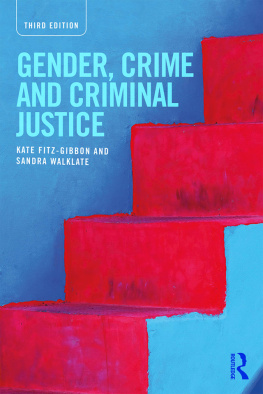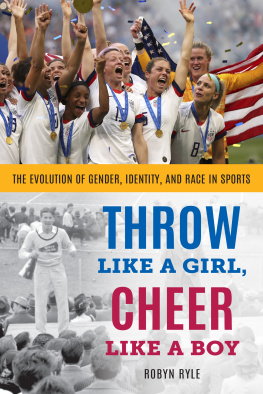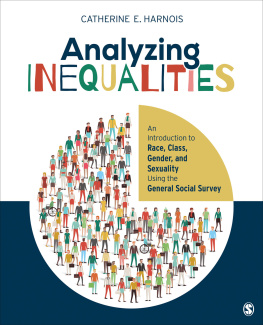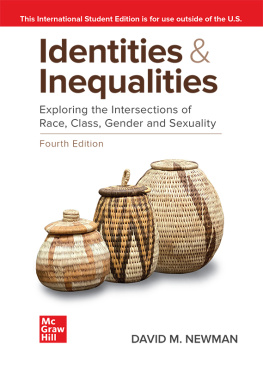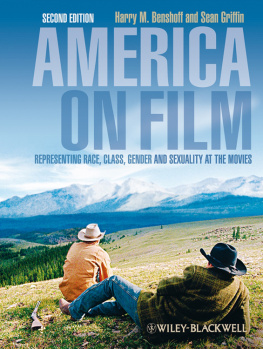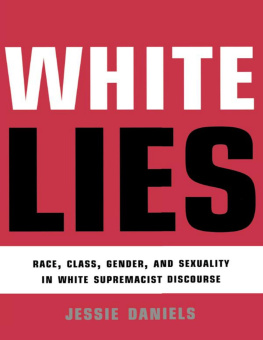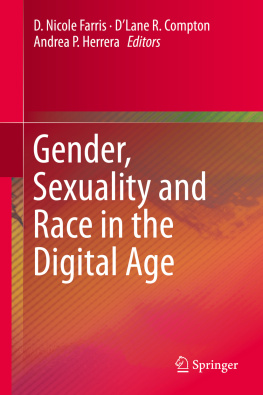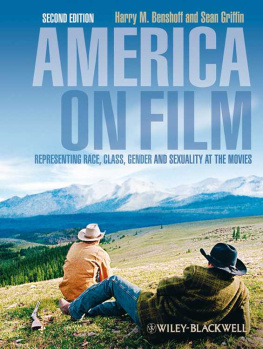TEACHING CRIMINOLOGY AT THE INTERSECTION
Teaching about gender, race, social class and sexuality in criminal justice and criminology classrooms can be challenging. Professors may face resistance when they ask students to examine how gender impacts victimization, how race affects interactions with the police, how socioeconomic status shapes experiences in court or how sexuality influences treatment in the criminal justice system. Teaching Criminology at the Intersection is an instructional guide to support faculty as they navigate teaching these topics.
Bringing together the experience and knowledge of expert scholars, this book provides time-strapped academics with an accessible how-to guide for the classroom, where the dynamics of gender, race, class and sexuality demographics intersect and permeate criminal justice concerns. In the book, the authors of each chapter discuss how they teach a particular contemporary criminal justice issue and provide their suggestions for best practice, while grounding their ideas in pedagogical theory. Chapters end with a toolkit of recommended activities, assignments, films, readings or websites.
As a teaching handbook, Teaching Criminology at the Intersection is appropriate reading for graduate level criminology, criminal justice and womens and gender studies teaching instruction courses, and as background reading and reference for instructors in these disciplines.
Rebecca M. Hayes is an Associate Professor in the Department of Sociology, Anthropology and Social Work at Central Michigan University.
Kate Luther is an Assistant Professor of Sociology at Pacific Lutheran University.
Susan Caringella is a Professor of Sociology at Western Michigan University and an internationally known expert on rape, feminism and criminology.
Teaching Criminology at the Intersection is something every faculty member needs who is struggling with how to address issues of inequality and discrimination to resistant or simply unknowledgeable students. The contributors use various techniques, such as drawing an analogy between inaccurate perceptions of American Pit Bull Terriers and racist beliefs about people of color, effective use of assignments and outside speakers, and classroom exercises to impart knowledge in a non-threatening and often experiential manner. In her ground-breaking chapter, Emily Lenning introduces students to the experiences of LGBTQ persons by having them imagine being heterosexual in a homosexist world. This book should be on the shelf of everyone who cares about teaching.
Susan F. Sharp, David Ross Boyd Professor/Presidential Professor,
University of Oklahoma, USA
It is vitally important that instructors teaching criminal justice broach the topic of diversity and its relationship to crime and criminal justice issues; however, incorporating material on race, ethnicity, gender, class, and sexual orientation can be a daunting task. Some of the most important topics to cover are the most sensitive, and instructors risk alienating students if the material is not approached carefully. This important book provides instructors with tools to tackle difficult issues and adequately address how diversity shapes human behavior, and encourages students to self-reflect on their own behavior and experiences.
Christina DeJong, Director, Center for Integrative Studies in Social Science
and Associate Professor, School of Criminal Justice,
Michigan State University, USA
In their scrupulous consideration of the compelling effects of gender, race, class, and sexuality within criminology, the contributors of this volume have identified a missing link in the instruction of criminological courses.
This volume provides concrete illustrations for criminology educators to follow and promotes creative formulation of sound methods for educating from a critical and inclusivity standpoint.
This volume is a necessity in every criminologists teaching toolbox.
Hillary Potter, Associate Professor, Department of Ethnic Studies,
University of Colorado at Boulder, USA
First published 2015
by Routledge
2 Park Square, Milton Park, Abingdon, Oxon OX14 4RN
and by Routledge
711 Third Avenue, New York, NY 10017
Routledge is an imprint of the Taylor & Francis Group, an informa business
2015 selection and editorial material, Rebecca M. Hayes, Kate Luther and Susan Caringella; individual chapters, the contributors.
The right of the editors to be identified as the authors of the editorial material, and of the authors for their individual chapters, has been asserted in accordance with sections 77 and 78 of the Copyright, Designs and Patents Act 1988.
All rights reserved. No part of this book may be reprinted or reproduced or utilised in any form or by any electronic, mechanical, or other means, now known or hereafter invented, including photocopying and recording, or in any information storage or retrieval system, without permission in writing from the publishers.
Trademark notice: Product or corporate names may be trademarks or registered trademarks, and are used only for identification and explanation without intent to infringe.
British Library Cataloguing in Publication Data
A catalogue record for this book is available from the British Library
Library of Congress Cataloging-in-Publication Data
Teaching criminology at the intersection : a how-to guide for teaching about gender, race, class and sexuality / edited by Rebecca M. Hayes, Kate Luther, Susan Caringella.
pages cm
ISBN 978-0-415-85637-9 (hardback) -- ISBN 978-0-415-85638-6
(paperback) -- ISBN 978-0-203-72614-3 (ebook)
1. Criminology--Study and teaching (Higher) 2. Criminal justice, Administration of--Study and teaching (Higher) 3. Crime--Sex differences. 4. Crime and race. 5. Social classes. 6. Discrimination in criminal justice administration. 7. Criminal behavior--Social aspects.
I. Hayes, Rebecca M. II. Luther, Kate. III. Caringella, Susan.
HV6024.T43 2014
364.0711--dc23
2014002662
ISBN: 978-0-415-85637-9 (hbk)
ISBN: 978-0-415-85638-6 (pbk)
ISBN: 978-0-203-72614-3 (ebk)
Typeset in Sabon
by Taylor & Francis Books


